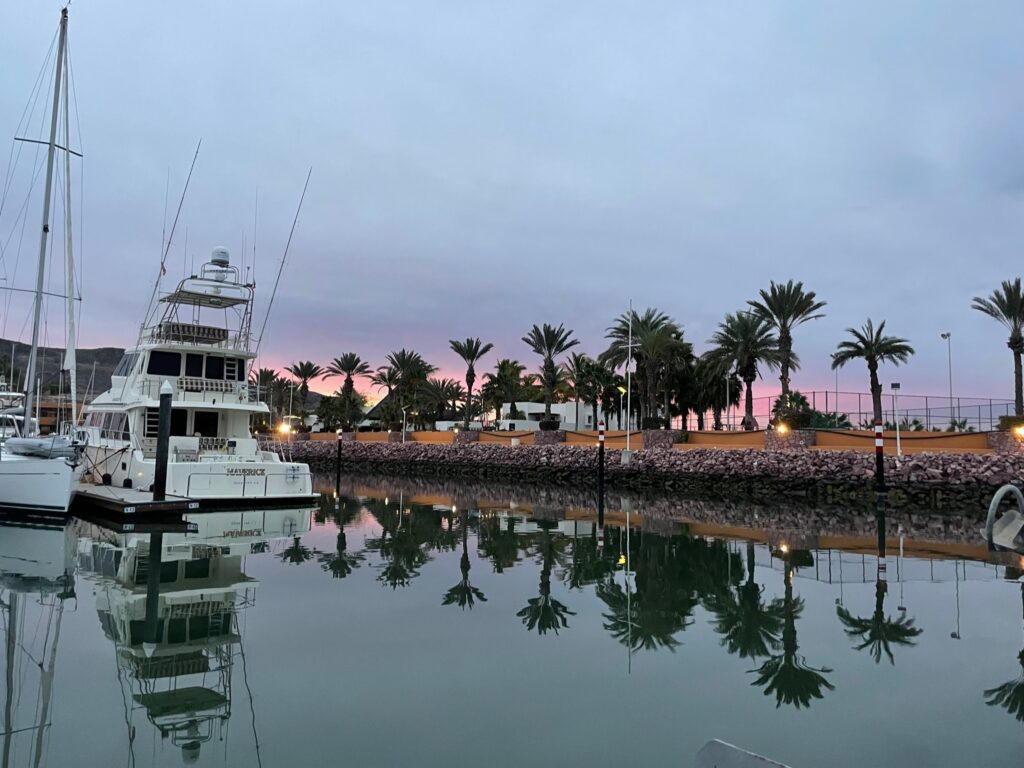Continuing on with Wednesday, February 22 — We decided to anchor near the only village in the bay. We’re unclear on whether the name of the village is Bahia Tortugas or if it is Puerto San Bartolome — we’ve seen both. There were three sailboats and three trawler-style fishing boats already anchored there, though one of the trawlers looked to be abandoned.

At about 0730, we made our first attempt to anchor. Unfortunately, the anchor didn’t set. When we brought the anchor back up, we saw that it was covered in seaweed. We moved to a different spot. The anchor didn’t set a second time, either. We moved locations again. Fortunately, three times was a charm and the anchor did set. We saw quite a few dolphins while we were anchoring.
Continue reading
